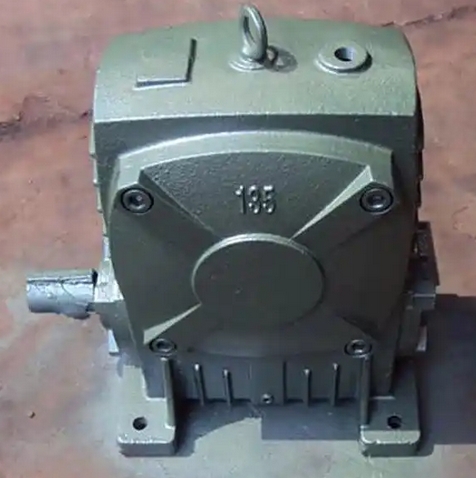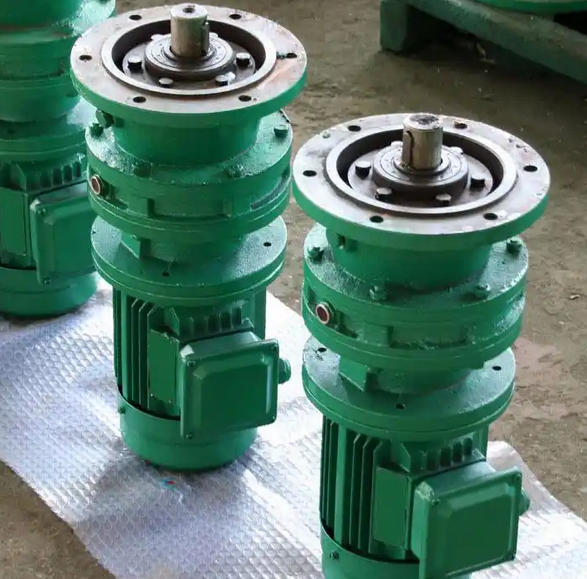What is the relationship between the transmission ratio and noise level of WPA70-50-A worm gear reducer
Generally speaking, there is a certain correlation between the transmission ratio and noise level of worm gear reducers. The following is a specific analysis:The size of the transmission ratio affects noise: Generally, the larger the transmission ratio, the louder the noise of the worm gear reducer may be. This is because a larger transmission ratio means that the worm gear needs to drive the worm wheel for a greater multiple of deceleration, resulting in an increase in the number of meshing times between the worm gear and the worm gear. The relative sliding speed may also increase, leading to increased friction and easier noise generation. For example, when the transmission ratio of the WPA70-50-A worm gear reducer is 50, the noise generated during the meshing of the worm gear may be higher compared to the case of a smaller transmission ratio.

The meshing accuracy affects noise: regardless of the transmission ratio, the meshing accuracy of the worm gear has a significant impact on noise. If the manufacturing accuracy is high, the meshing between the worm gear and worm is tighter and more uniform, and even at larger transmission ratios, the noise may be relatively small. On the contrary, if the meshing accuracy is low, it is easy to generate impact and vibration during the transmission process, which leads to increased noise. For the WPA70-50-A worm gear reducer, if its production process ensures high meshing accuracy, it can also maintain relatively low noise levels at a transmission ratio of 50.
Load conditions affect noise: When the transmission ratio is the same, the larger the load, the greater the noise may be. When the load is high, the force between the worm gear and worm increases, which will intensify friction and wear, resulting in increased noise. The WPA70-50-A worm gear reducer may produce more noticeable noise when driving heavy loads and with a larger transmission ratio than when driving light loads.


